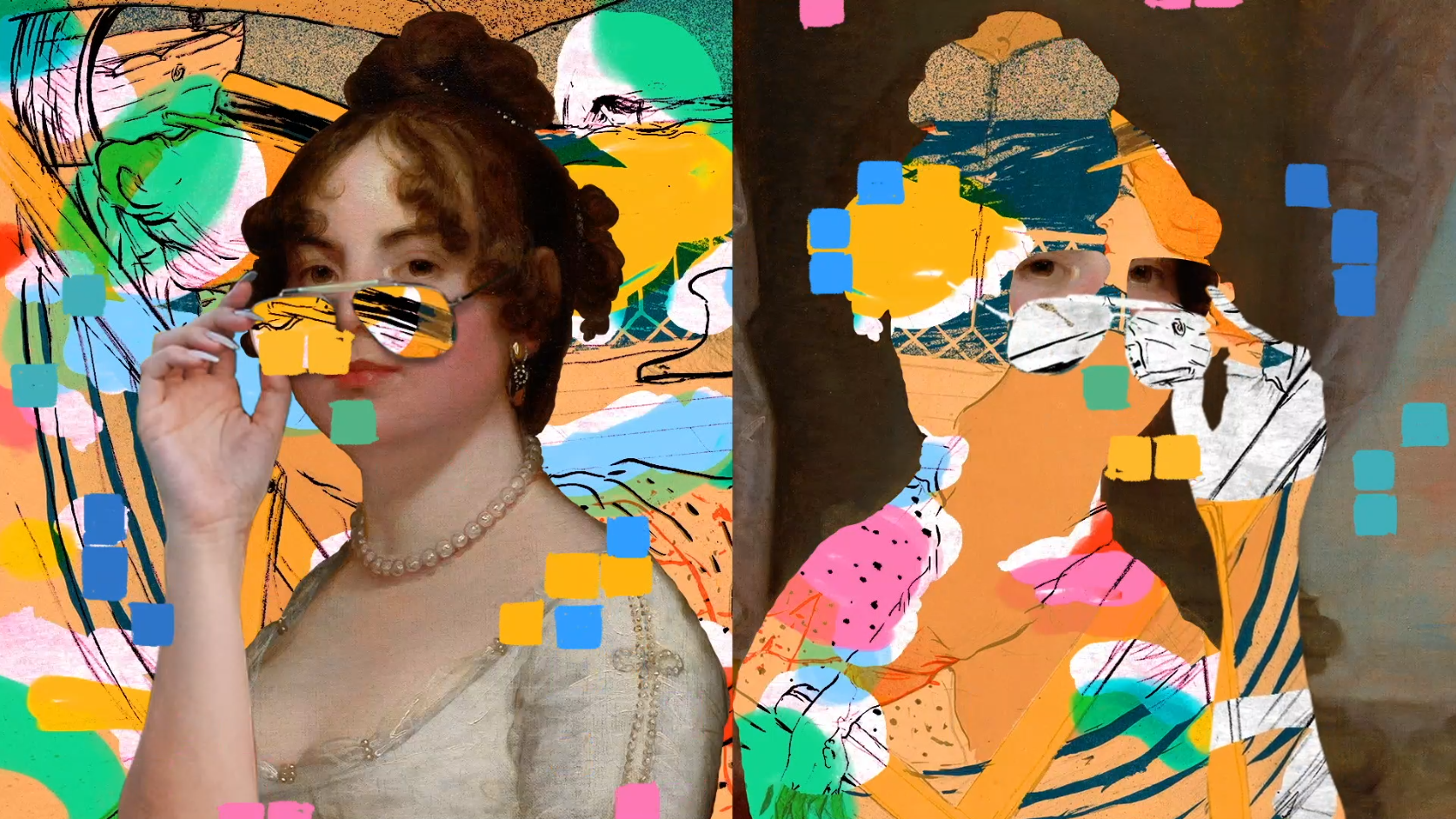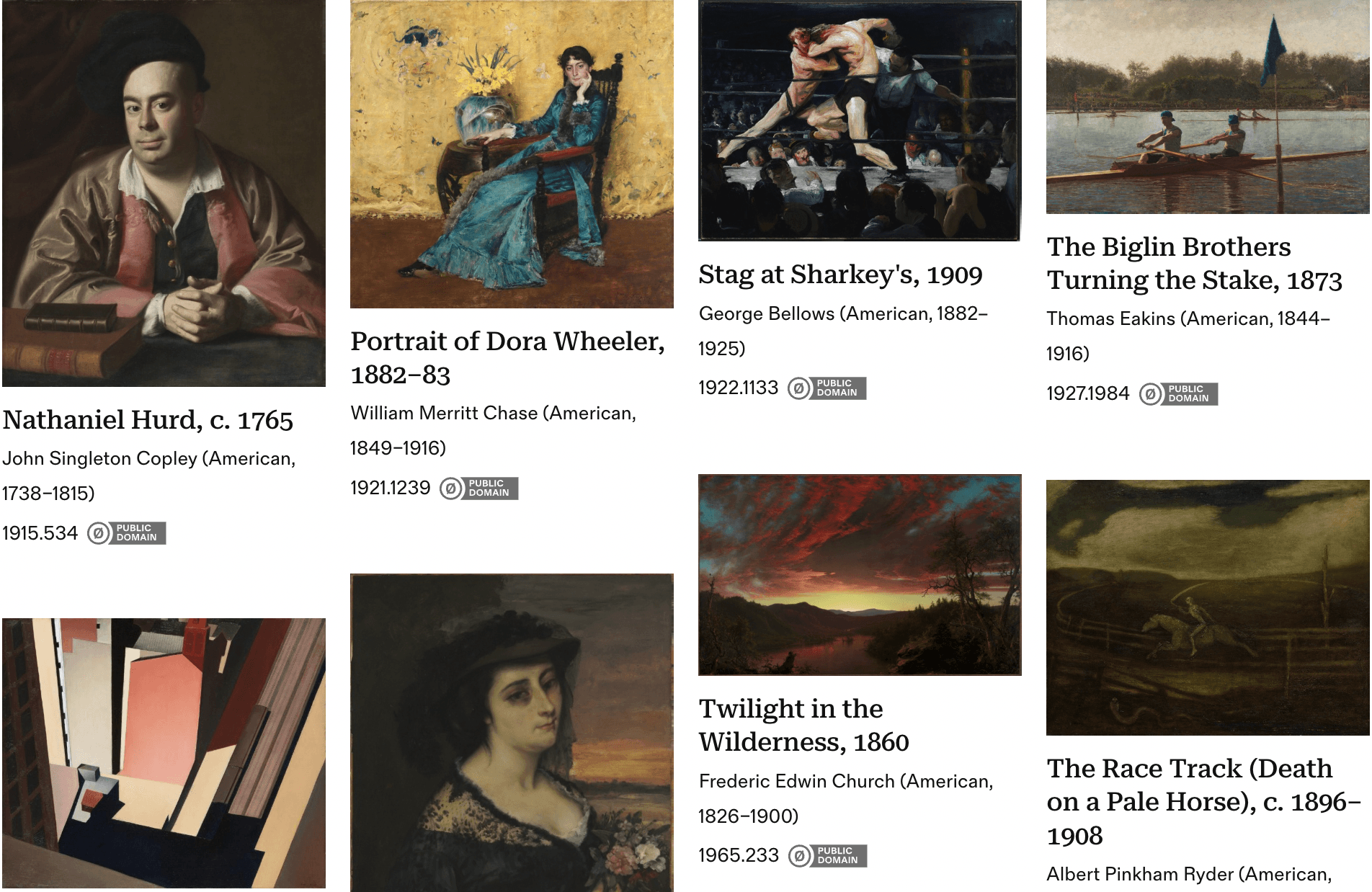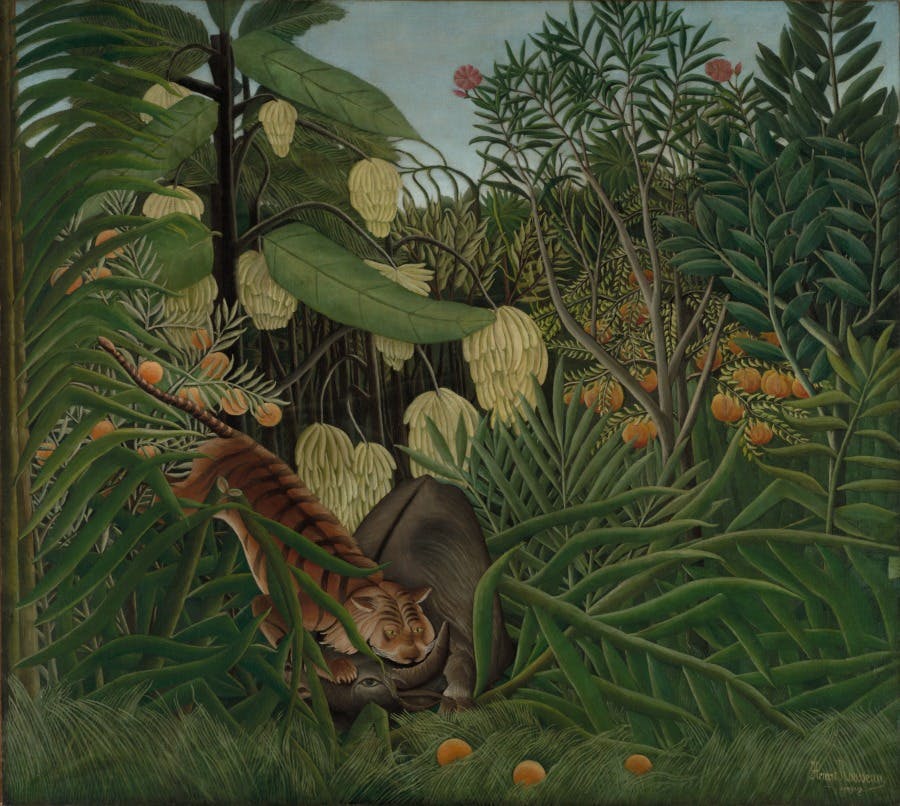Open Access

The Cleveland Museum of Art is proud to be an open access institution, offering the public the ability to download, share, collaborate, remix, and reuse images of public-domain artworks from the museum’s collection, as well as metadata for the entire collection—all without asking permission. High-resolution images and data related to the CMA’s collection are made available under a Creative Commons Zero (opens in a new tab) (CC0) designation.
What is Open Access?
Open access content (images, data, software, and documentation) is content that the CMA publishes digitally, free of charge, and without copyright and licensing restrictions. For more information about open access, visit the Creative Commons (opens in a new tab)website for an overview. Images, data, software, and documentation offered with Creative Commons Zero can be used in any application, from art making, education, digital media projects, scholarly research, and publications to data science—all without fees or restriction.
Why Open Access?
Open access is a logical and exciting outgrowth of the CMA’s inclusive mission “to create transformative experiences through art, for the benefit of all the people forever.” The time is right to firmly bring our mission into the 21st century. With this move to open access, we have transformed not only access to the CMA’s collection but also its usability inside and outside the walls of our museum. By expanding access to the collection, we proudly contribute to best practices, both in the quality of images and the wealth of data we will release.
Read the full statement from the CMA’s director, William M. Griswold.
Ways to Access the Open Access Collection
Open Access Experiments
Frequently Asked Questions
Our open access initiative includes more than half of the museum’s collection. The exact number changes frequently as new works enter the public domain, and we update our open access collection every January. Visit the museum’s Collection Online for a current count of open access works.
Works designated as Creative Commons (CC0) do not require attribution or citation. Copyrighted content, content with proprietary rights, or content that is otherwise restricted for limited noncommercial, educational, and personal uses should be cited including the URL “www.clevelandart.org” in addition to all copyright and other proprietary notices contained on the materials. Citation of the CMA’s CC0 or restricted content does not imply endorsement by the CMA, nor does it grant permission to use the CMA’s trademarks without prior approval.
You may wish to cite images and data from the CMA’s collections for educational and scholarly or other publication purposes. Consult the CMA Collection Online or metadata associated with an object via the application programming interface (API) or data from the GitHub Repository for information that can be used for citations.
There are a variety of citation formats, but consider including the following:
Artist. Title. Date (year). Medium. Dimensions. The Cleveland Museum of Art. Credit Line. Accession Number. URL from www.clevelandart.org/
Please Note
A credit line features of the name of the individual or group who sourced or donated an artwork to the collection of the Cleveland Museum of Art.
An accession number is the CMA’s official inventory number of record that is an artwork’s unique identifier in the collection. This number is helpful for identifying a work, especially for study, research, and publication purposes.
- If the CMA has not yet created a digitized image or data of the artwork
- If the artwork is under copyright or has other restrictions from the artist, donor, or lender
- If the artwork is not fully owned by the CMA
Look for the icon with Creative Commons Zero (CC0) on CMA websites and affiliates, along with seeking out the designation embedded in the image or dataset as metadata.

When searching the CMA’s collection, you can filter for open access images:


CC0 designation on an exported CSV file from the CMA's Github Repository Images of the CMA’s objects under copyright or with other restrictions may be available through image and data services and the request form. For 3-D image requests, please describe details regarding requested file formats in the “other” text box on the form. A processing fee of $75 applies for image services. Additional fees may also apply depending on the type and nature of the request.
Collection Online Art Detail Page
On the Collection Online, you may print the page as a PDF for reference and research purposes.
Additionally, images and metadata may be downloaded via the “download” button on the artwork page. Please note that while portions of metadata are available for every object in the CMA’s collection through open access, image downloads are only available for CC0 artworks.
Image
Users interested in access to portions of metadata dedicated to the public domain with CC0 can access over 61,000 records via the CMA’s public application program interface (API). No key or token is required for access. Documentation regarding fields, departments, and data types is available through the API as well. Portions of metadata are made available for all digital images of public domain artworks whose underlying work is in the public domain including a URL to corresponding image file. Artworks in the CMA’s collection which may have copyright or other restrictions have portions of metadata with CC0, but no image file is supplied by CMA due restrictions.
Users can also access the CMA's collection data via a GitHub Repository. Detailed documentation is available here along with the data formatted in JSON and CSV. Please note that the CMA does not support pull requests. Data is refreshed at a weekly rate, so please check often for the latest revisions.
CC0 CMA collection data and images are also available from Internet Archive, Wikimedia Commons, and Wikidata.
No. The CMA’s images, data, software, and documentation designated as CC0 will not be issued under separate or individual agreements. See our Terms and Conditions for more information.
The CMA would be grateful to receive a copy of your print publication reproducing open access images with Creative Commons Zero (CC0) images and data, but this is not a requirement.
Print copies can be mailed:
The Cleveland Museum of Art
Ingalls Library and Museum Archives
11150 East Boulevard
Cleveland, OH 44106Please send links to electronic resources or e-book information to the Ingalls Library and Museum Archives.
Measuring Impact
Since launching our open access initiative, the CMA has been asking, “How is open access making an impact?” In May 2020, in collaboration with local data science firm Pandata (opens in a new tab), the CMA launched its Live Virtual Dashboards, which update daily. Click through the tabs to see different data sets!

Half a Decade of Open Access

Open Access in 3-D
The open access policy extends to three-dimensional (3-D) images of public domain artworks from the collection. Open access works with available 3-D models can be viewed in Collection Online. The model files are hosted on Sketchfab (opens in a new tab) and can be downloaded there as well.
You can interact with the Wade Cup with Animated Script on the CMA’s Collection Online, on Sketchfab (opens in a new tab), or try it here!
CMA One Minute Guides
Google Arts and Culture worked with the CMA to create a special edition of their One Minute Guides using Google’s multimodal AI model Gemini and the CMA’s Open Access API. Explore personalized guides on sculpture or Chinese art and textiles for foodies, fun seekers, color enthusiasts, and more.

Testimonials
“It’s been especially exciting to watch as people from all over the globe discover and use these images in their own projects via the Creative Commons Search tool (opens in a new tab). Providing true access to digital knowledge and culture requires more than just publishing content online and calling it ‘open.’ The CMA has exhibited great leadership in this space.”
Wikimedia
“It’s been great to see the impact that the Cleveland Museum of Art’s open access program has had on Wikipedia and other Wikimedia projects. [The] CMA’s open access program allows for new ways for the public to experience the breadth of the museum’s content on a truly global scale.”
3-D Content
“The Cleveland Museum of Art’s contribution to open access cultural 3-D content cannot be understated—the quality of 3-D data being made available is matched by the transparency of messaging regarding how this data can be reused and built upon by artists and creators.”
Global Leadership
“The CMA is committed to transparency and universal access, and we anticipate that other institutions around the world will undertake similar initiatives in order to engage new audiences and help bring art to life for all.”
Awards
OHtec Best of Tech Awards
Winner: (opens in a new tab) Best Community Collaboration and Innovation, Open Access Initiative
Museums and the Web Awards
Finalist: (opens in a new tab) Behind the Scenes, Open Access Initiative
Media and Technology MUSE Awards
Bronze: (opens in a new tab) Research and Innovation, Open Access Initiative
Grands Prix Awards
Silver: (opens in a new tab) Cross-Institution Partnership, Launching Open Access: Tool Sets and Protocols for Best Practice
Special thanks to BlueBridge Networks' (opens in a new tab) Tracy and Kevin Goodman whose love for art and culture and all things Cleveland contribute mightily to support the CMA's open access policy, helping us serve many by sharing our collection with the world, and extending our mission to create transformative experiences through art, "for the benefit of all the people forever" well into the twenty-first century.
